Week 1
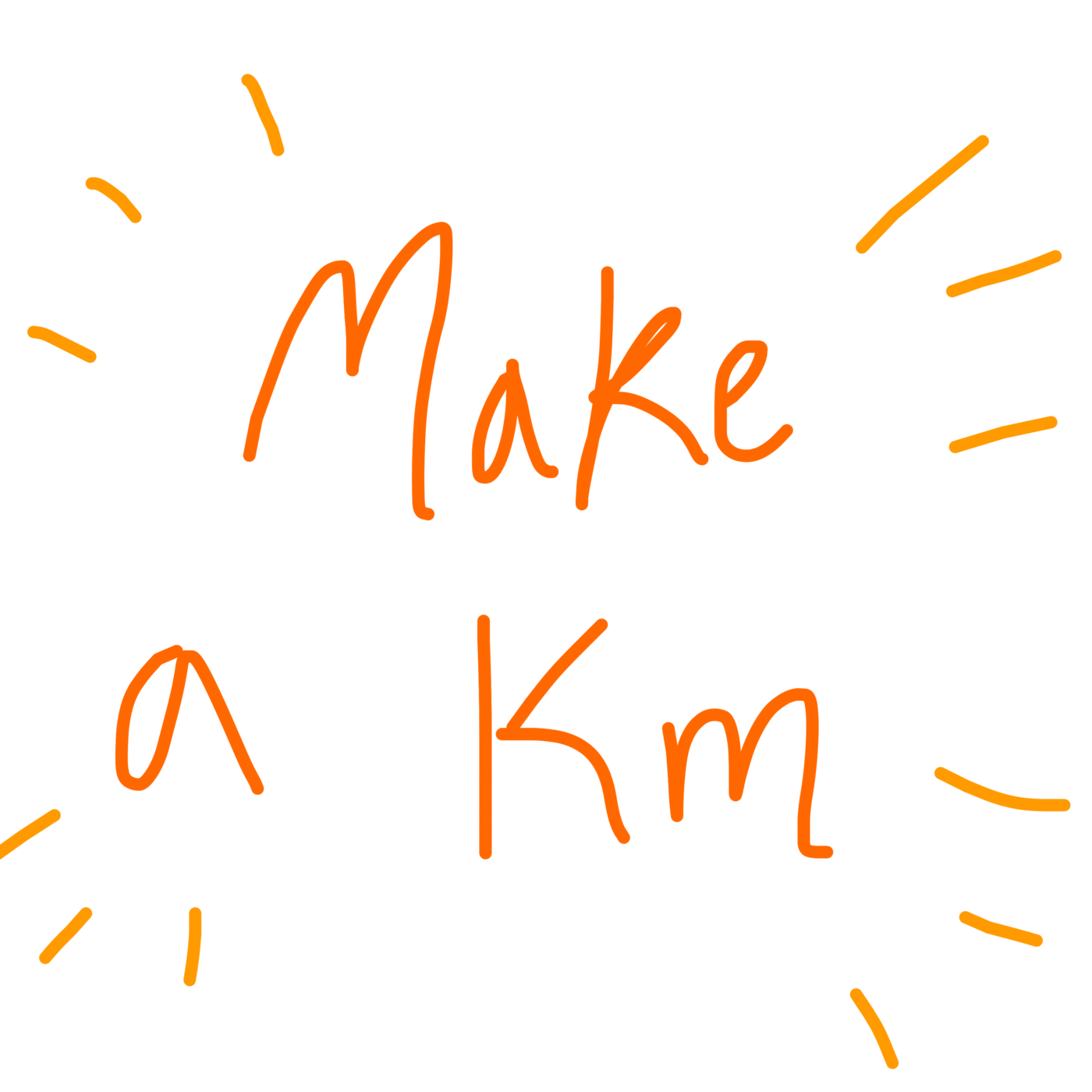
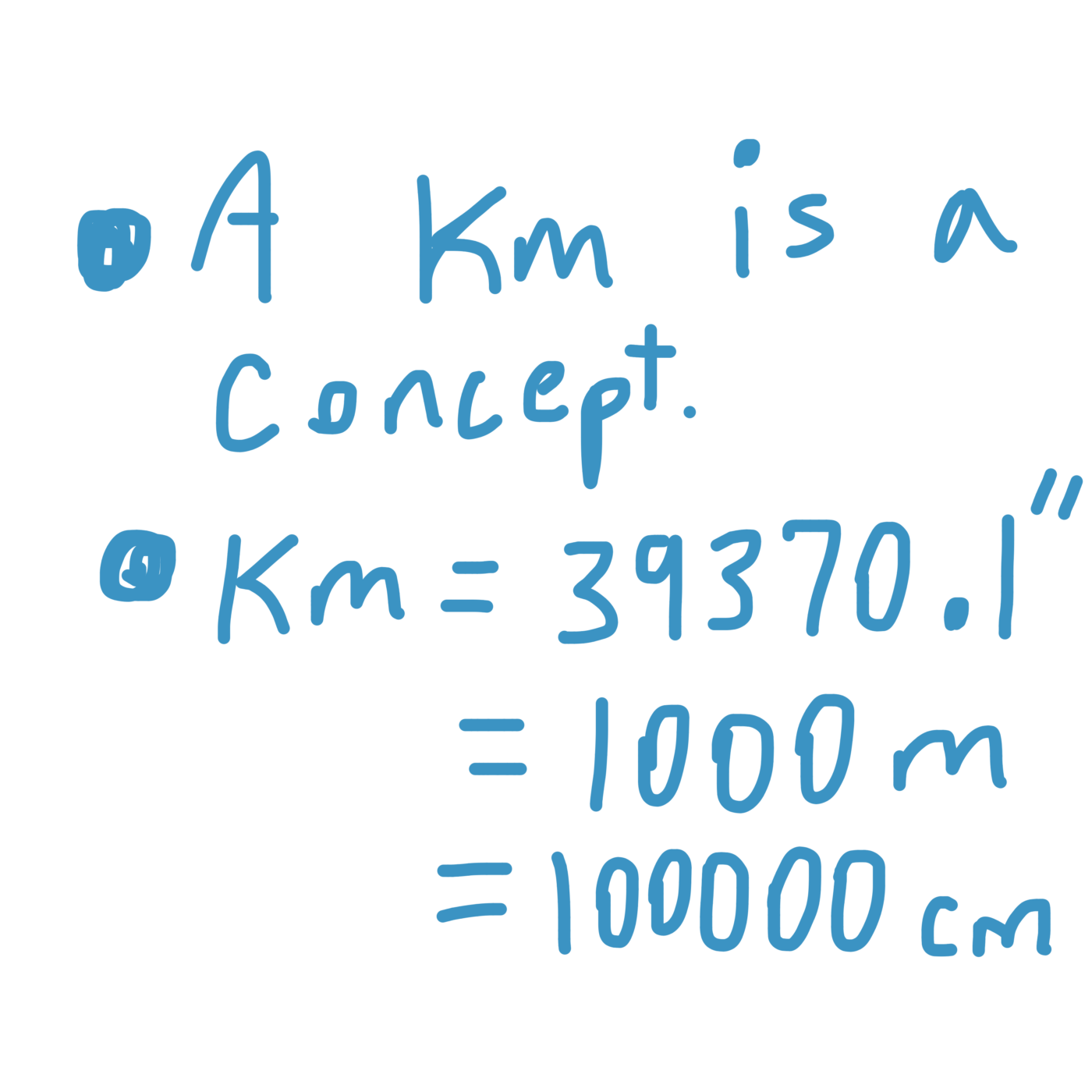
Brainstorm
- Knit something out of a km of yarn
- Will take too long and I don’t have enough yarn!
- The yarn I have is 0.39th of a km!
- Play around with proportions!
- Scale down the ratio of my height to a km to the ratio of ant to a km.
- Film the cars on the street to make up a video where they all add up to have driven 1 km!
- It takes one minute to drive 1 km at a speed of 60km an hour, and one minute and 12 seconds to drive 1 km at 50km an hour.
- The street I live on (Gordon St. in Guelph) has a speed limit of 50km an hour, but I would say most people drive at least 60k an hour down that road.
- Film my feet walking for 1 km and then count how many steps it took.
- Then draw each step on a piece of paper – this is a representation of a km in my steps!
This artist, Lenny Maughan, reminded me of this week’s exercise! He creates art using a GPS tracking app and goes for runs to create an image!
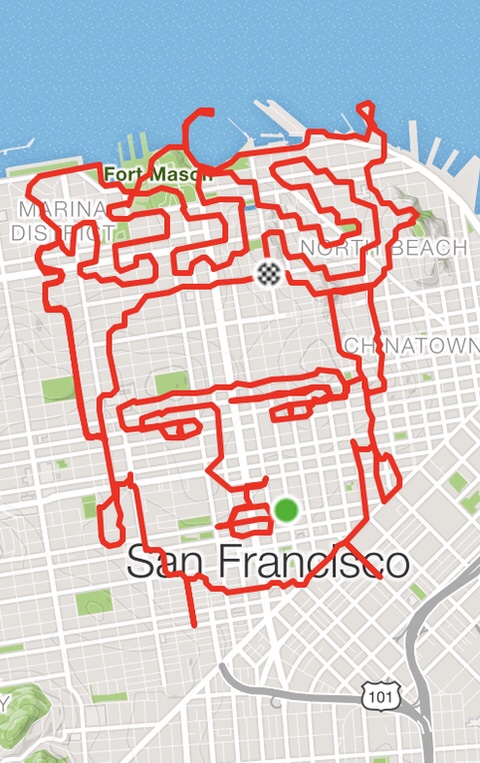
My Work
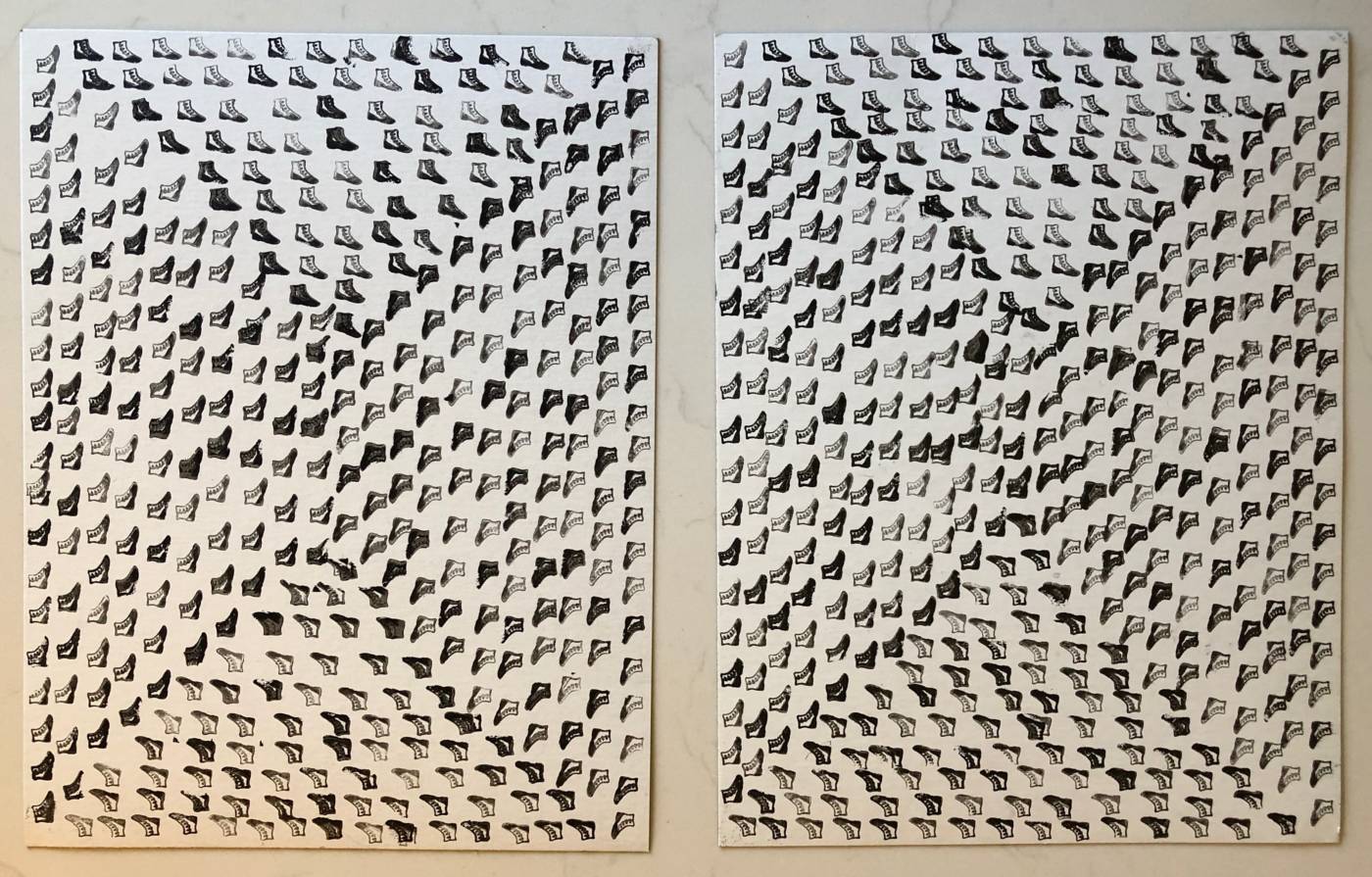
Explanation
For the first exercise where we were asked to ‘make a Km’, I decided to see what a Km looked like walking in my shoes. So I put my trusty Filas on and headed out into the neighbourhood.
I used the app RunKeeper to track my distance and the route I took, and then I used the Health app that comes with the iPhone to track my steps. As you can see in the pictures I posted above, it took me ten minutes and forty two seconds to walk 1 km, and I took 1, 357 steps.
In order to express this Km in something more tangible, I decided to stamp every step I took. It ended up taking two pieces of paper. I found this activity to be very rewarding, because I was able to see how fast I normally walk and how long it generally takes me to get places on foot. The act of stamping each step was a very mindful activity, and I found it a great way to reflect on something that we often take for granted, the ability to move our bodies!
Overall, this was a really interesting exercise and I had lots of fun playing around with ways to express a km!
Sol LeWitt: For All to See
Video
He had a new way of thinking about and making art.
Turned a generation of minimalists and conceptualists into a worldwide movement.
He viewed himself much like a composer of music.
- The documentation and planning was the true work of art, so that other artists could recreate them.
Conceptual Art
- “The idea becomes the machine that makes the art.”
- Follows a predetermine procedure and plan.
A team of artists at the IMA is moving LeWitt’s wall drawing 652 to a new location.
- No creative input
- Gain experience learning how things work.
- Get to work with a crew of artists.
WRITE: Sol LeWitt encapsulates the notion that “the idea is the machine that makes the art”, as his practice is centred around the idea that other artists would be able to recreate his work. A perfect example of this is shown in the video, as a group of artists are carefully following his instructions to recreate one of his pieces in a different location of the museum. Thus, his idea is the machine, and the machine is run by the team of artists. He puts the focus on the process of curating a plan, rather than on the finished piece, and encourages recreation rather than claiming complete ownership over his idea. This, I think, is a very refreshing perspective in an age where people tend to selfishly cling on to their own ‘intellectual property’.
In the context of conceptual art, the artist’s actual hand is not the focus. The artist’s role is in that of creating the plan and procedure, and beyond that the focus becomes the process. In conceptual art, it is not so important that the artist actually physically creates the piece, as the piece is really the idea. The creation of it is merely a by-product.
Yoko Ono Reading from her GRAPEFRUIT Book
Video
- Painting to be stepped on
- Laugh piece
- Painting to shake hands
- Painting for the wind
- Painting to see the skies
- Drill two holes into canvas and hang in a place where you can see the sky.
- Painting you construct in your head
- Sun piece
- Shadow piece
- Fly piece
- Beat piece
- Listen to heartbeat
- Walking piece
- Walk in the footsteps of the person in front.
- Try not to make sounds.
- + more
WRITE: At first it was hard to tell where one artwork started and the other one ended, as her speech was in a continuous flow. However, after watching it again, I was able to pick up more quickly when the concept changed. In this video, the artworks are the concepts. She is given simple instructions on how to create each of the pieces from her book. Ono uses simplicity and ambiguity to challenge the viewer, as it allows each of her concepts to be brought to life in whatever way the viewer perceives it.
My two favourites of these concept works are the Walking Piece and the Painting to See The Skies. Both are very simple, yet grounding concepts. They force you to take notice of the world and people around you, and I think that is a really amazing thing.
Bruce Nauman -‘The True Artist Helps the World’
Video – TateShots
He doesn’t want the experience to be pleasant and perfuming.
“what the hell is going on here”
The works are in very different technologies and mediums, yet speak to each other.
Bruce is very inquisitive, asking what works and using the materials and spaces he has.
“If I was an artist and I was in the studio, then whatever I was doing in the studio must be art.”
Early black and white videos where he just puts himself in different positions.
- Making sculpture with the least amount of things needed to make a sculpture.
“Playfulness and not knowing everything is what makes the magic happen.”
Bruce is a longer in the studio.
- Artist block to him is like gesso on a canvas; it’s the first thing you do.
“When language begins to break down a little bit, it becomes exciting.”
Sense & nonsense.
Humour.
The world is observed, not concerned with beauty.
Bruce is interested in a sort of intellectual distance from something that’s very visceral.
WRITE: Bruce Nauman’s piece For Beginners (all combinations of the thumb and fingers, 2010) is a great example of his work that pertains to every day, banal actions. I really like this piece because it takes a series of simple actions that anyone could do with their hands and highlights it as a grandiose piece as blown up images in a gallery space. They are framed as art through the presentation of them as large scale pieces in a gallery, much like you would see a painting. Thus, this gives us the illusion of a carefully crafted work of art, when in reality it is an image anyone could recreate.

His piece, No, No, New Museum, 1987, is a looped video of Bruce dressed as a jester performing a temper tantrum. This piece takes a temper tantrum, something common for young children and probably all too common for a parent’s liking, and dresses it up in a mocking way. Its simplicity highlights mundanity of the action, yet the costume adds a more unrealistic flair to it. Overall, I think it’s a fun spoof that we can all relate to. Everyone gets frustrate and I’m sure we can all think of a time where our reaction was “no, no, no, no!”

Link to Video: https://youtu.be/lDDoo1zkn0M
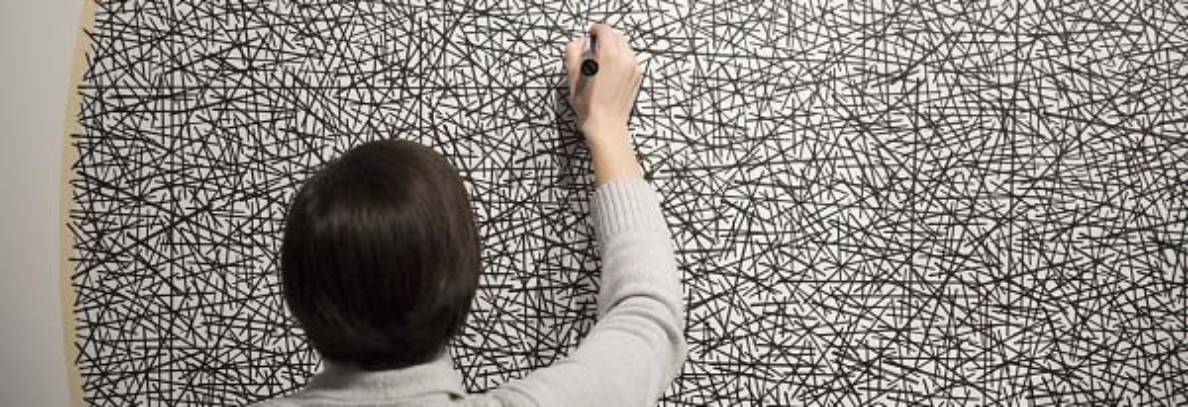
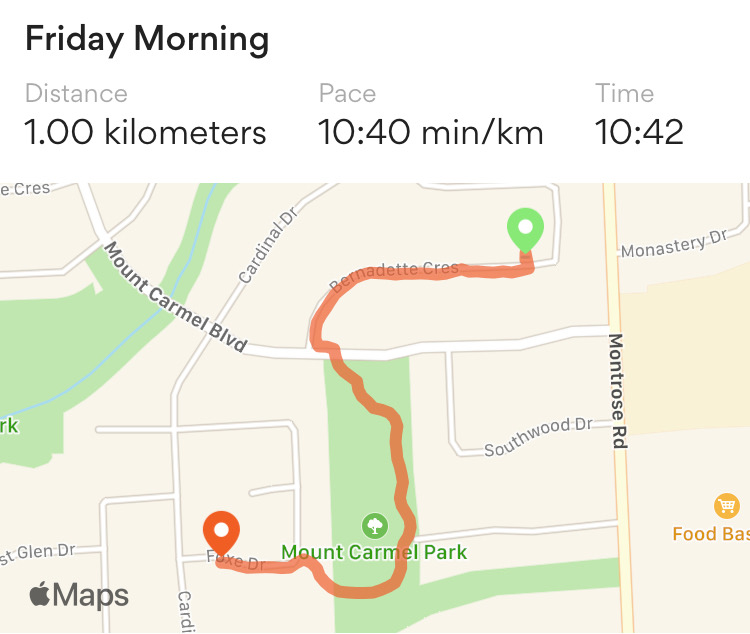
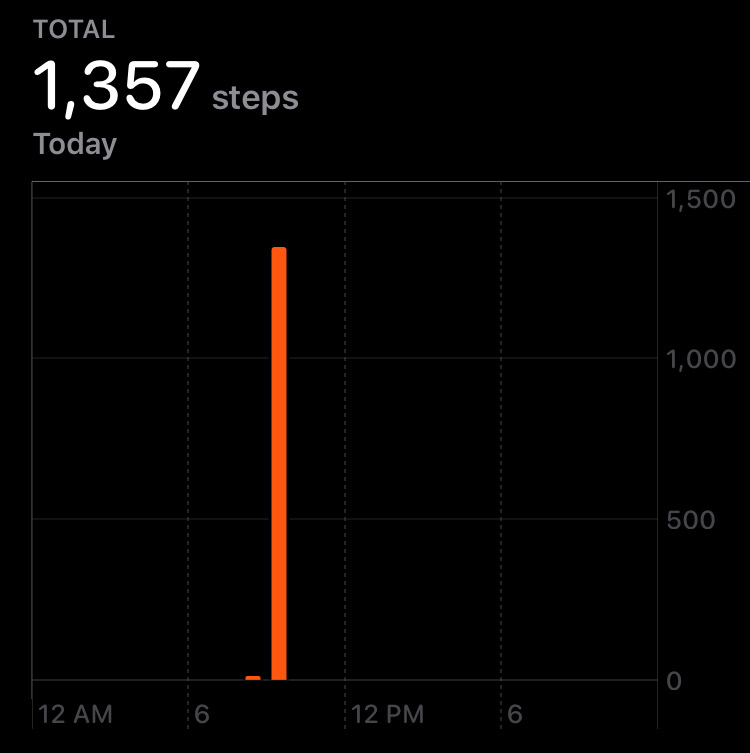

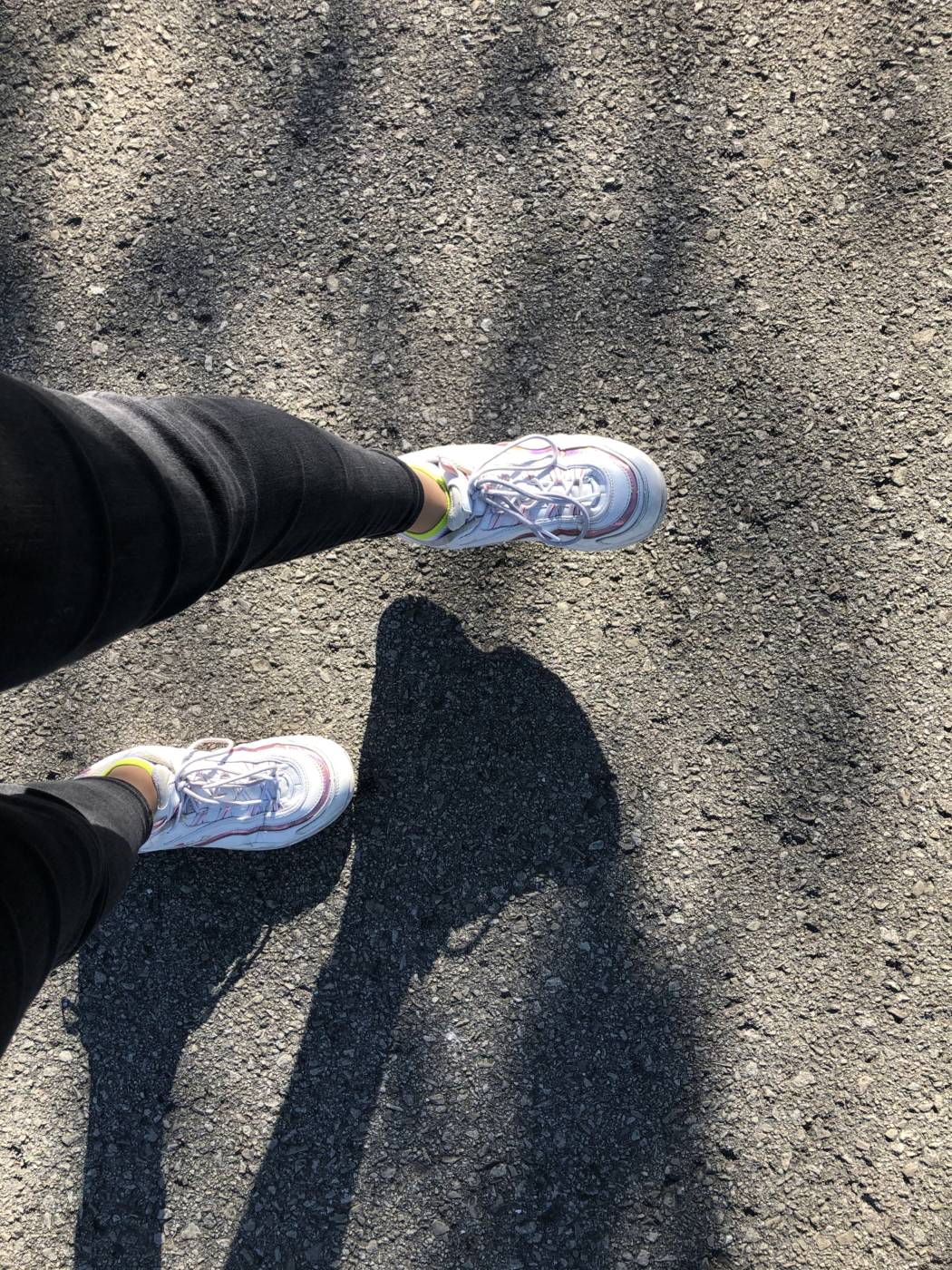
Chloe:
W1:
Very good notes on Sol Lewitt, Yoko Ono, Nauman , shows evidence of curiosity and engagement with material.
Kilometre image and description – Good thinking and use of gps tech to map and document a KM precisely – and then the leap to a printed 2D piece that shows footsteps – it conveys a km in an original way.
W2: Image of Abramovic/Stillness gesture, and description complete and I appreciate you made yourself uncomfortable/challenged– but kept things simple and meditative. Excellent and thorough notes and thinking through Abramovic’s projects.
W3: 6 conceptual sentences are complete and definitely get the idea – to write the simple formula for actions in each piece, as opposed to broader themes. Defenestration images and descriptions are very good, I like how you describe your thought process, and how you come to ideas based on what is around, and how you experimented with so many different objects with all kinds of results.
W4: Excellent Distancing video, your performance of stillness is solid– and ambitious, I like how you are doing something you normally do in the house where we are confined, as if you are caught in the middle of a moment to something real. Good relevant quote/thinking through it. Excellent detailed research and thinking through Hannah’s work.
Excellent effort on class work, references and these pieces, great work Chole, it’s so fun having you in the class!
If you would like to talk with me about your work in progress, readings, exercises, one-on-one comments on your work, and grades – send me an email in the morning to book a 15 minute appointment during my office hours: Thursdays 1:30-3
And you can show up to a zoom meeting with Nathan anytime during these hours to ask your questions, and get tech support for using software and finishing your projects:
Mondays and Thursdays 1-4pm